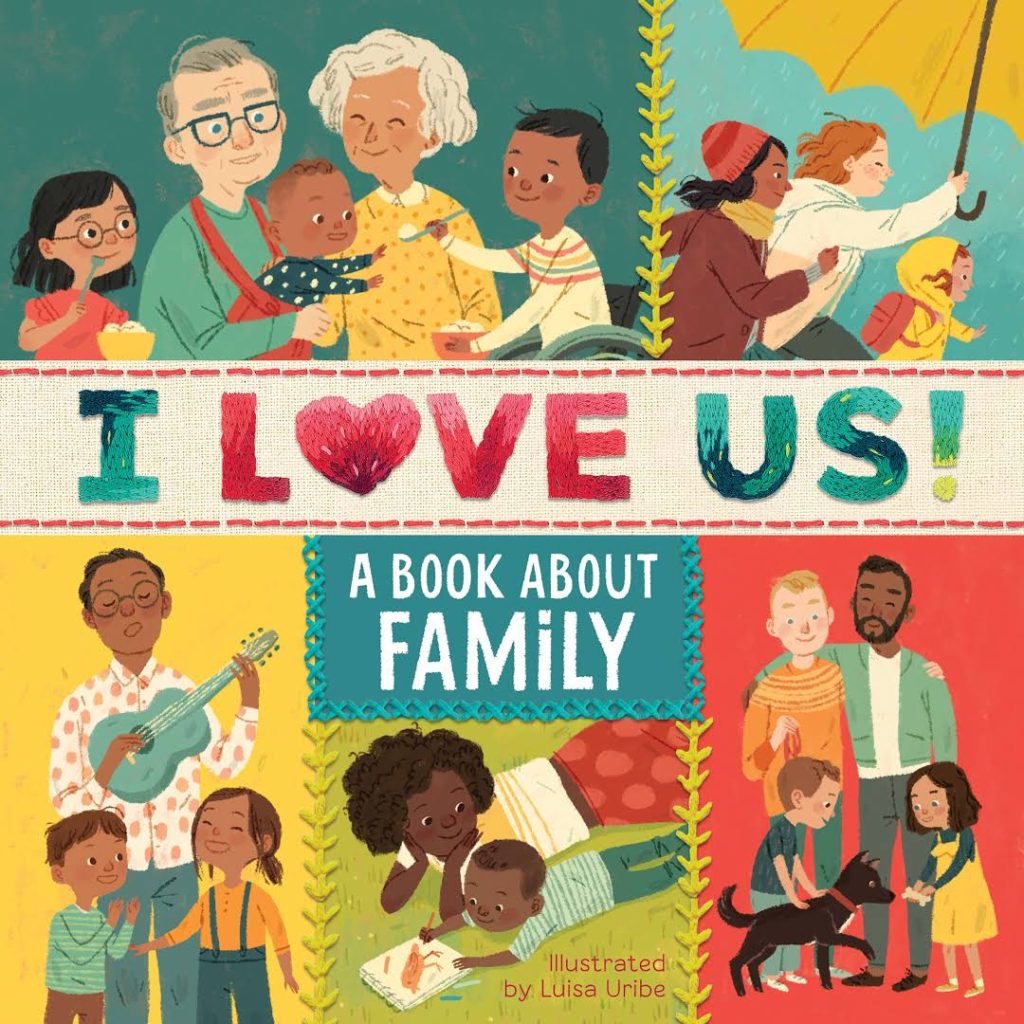Introduction:
“We Don’t Talk About Bruno” is a catchy song from Disney’s animated film “Encanto”. The song narrates the story of Bruno Madrigal, a misunderstood family member with the power to see the future, and how the rest of his family deals with his ominous predictions. As entertaining as it is, this song offers several valuable lessons that can be applied to our lives. In this article, we will explore five teachable moments hidden in the lyrics of “We Don’t Talk About Bruno.”
1. The Importance of Open Communication:
The title and refrain in this song make it clear that Bruno is not discussed among the family members. This lack of open communication may have contributed to misunderstandings and fear around him. This serves as a reminder to always encourage open dialogue with family members, friends, and colleagues to foster healthy relationships and prevent misinformation from spreading.
2. The Power of Perception:
Throughout the song, various family members share their perceptions of Bruno. Some label him as dangerous or scary; others express curiosity or pity. This highlights how one person can be seen in vastly different ways by those around them based on individual experiences and biases. It teaches us the importance of keeping an open mind and not falling for rumors or gossip when forming opinions about others.
3. The Dangers of Isolation:
Bruno’s isolation isn’t explicitly stated as self-imposed or forced by his family, but it is evident that he lives a solitary life apart from the rest of his family members. This isolation could have made misunderstandings worse and left him feeling alienated. This moment in the song reminds us of the importance of reaching out to those who may feel isolated or alone, offering support and companionship.
4. Everyone has Struggles:
Although much focus is placed on Bruno’s struggles in this song, all Madrigal family members have their share of challenges that stem from their magical abilities. This teaches us not to judge others solely by their difficulties but recognize that we all face challenges in life. By empathizing with each other’s struggles, we can foster stronger connections and understanding.
5. The Need for Reconciliation:
The song “We Don’t Talk About Bruno” ends without a resolution to Bruno’s situation with his family. However, the musical number serves as a call-to-action for the characters and audience alike. Sometimes, it is necessary to confront and address difficult issues even when it may seem easier to avoid them altogether. If we can show empathy and be willing to move past our misunderstandings, reconciliation and forgiveness are possible.
Conclusion:
“We Don’t Talk About Bruno” not only captures the hearts of audiences with its catchy tune but also delivers essential life lessons. These teachable moments encourage open communication, challenge perceptions, highlight the dangers of isolation, remind us of everyone’s struggles, and underline the need for reconciliation. By reflecting on these lessons from “Encanto”, we can actively work towards improving our relationships with the people around us.







